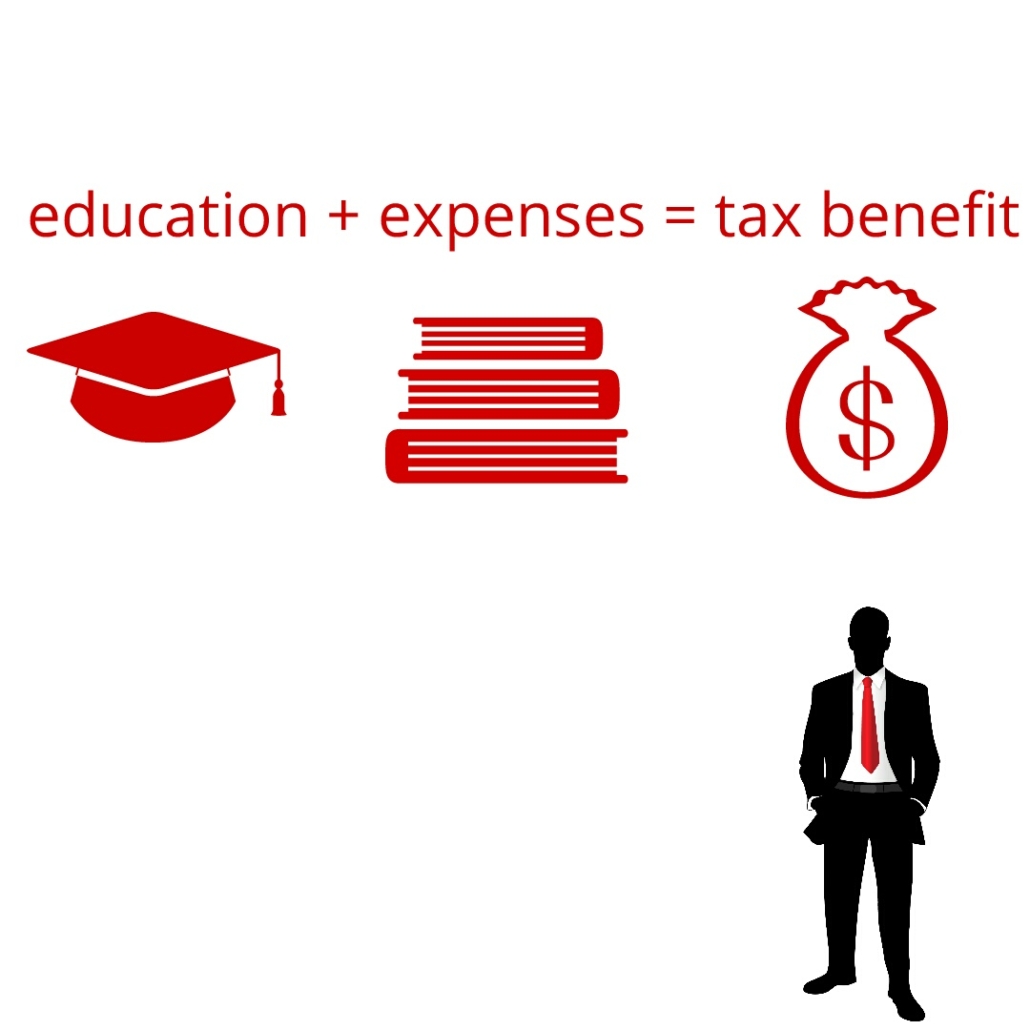Beneficial Ownership Information (BOI) Reporting
UPDATED December 28, 2024
BOI Reporting Requirements on Hold Again
Looks like the BOI reporting saga isn’t over yet.
A new panel over at the U.S. Fifth Circuit Court of Appeals is taking a look at the lower court’s ruling that put the brakes on the whole beneficial ownership info reporting thing. (Texas Top Cop Shop, Inc. et al. v. Garland (December 26, 2024) U.S. Ct. of Appeals, Fifth Circuit, Case No. 24-40792) They’re speeding things up a bit, but for now, the new panel has decided to hit pause on the BOI reporting requirement while they figure everything out.
So, as it stands right now, businesses can’t be hit with penalties for not filing their BOI reports with FinCEN.
But, as we’ve seen recently, this can flip at any moment. It’s a good idea to stay in the loop about what’s going down since the final call on whether to file is up to you. FinCEN hasn’t dropped any updates about this latest twist, but we’re guessing they’ll still let businesses file voluntarily for now.
If you’re thinking of holding off on filing until it’s a must, just make sure you’re collecting all the info you’ll need to file if the requirement comes back. Remember last week when the BOI reporting thing was briefly back on? FinCEN gave businesses only a short extension on the deadlines!
The Court of Appeal’s latest order is available at:
www.ca5.uscourts.gov/opinions/unpub/24/24-40792..pdf
UPDATED: December 24, 2024
Beneficial ownership reporting requirements reinstated
Circuit Court of Appeals stayed the lower court’s preliminary injunction against the beneficial ownership information reporting mandate. (FinCEN Alert) This means that the BOI reporting mandate will remain in effect while the lower court trial proceeds. However, FinCEN has announced a short delay in the deadlines for most businesses. The extended reporting deadlines are now as follows:
- Reporting companies that were created or registered prior to January 1, 2024, have until January 13, 2025, to file their initial beneficial ownership information reports with FinCEN. (These companies would otherwise have been required to report by January 1, 2025);
- Reporting companies created or registered on or after September 4, 2024, that had a filing deadline between December 3, 2024, and December 23, 2024, have until January 13, 2025, to file their initial beneficial ownership information reports with FinCEN; and
- Reporting companies created or registered in the United States on or after December 3, 2024, and on or before December 23, 2024, have an additional 21 days from their original filing deadline to file their initial beneficial ownership information reports with FinCEN.
The deadline for those businesses formed after 2024 remains 30 days from the time of formation.
UPDATED: December 5, 2024
So, here’s the scoop: a federal district court in Texas just hit the brakes on the rule that required businesses to file a beneficial ownership information (BOI) report with the Financial Crimes Enforcement Network (FinCEN) under the U.S. Department of Treasury.
For the past year, you’ve been hearing that every new business needed to get these reports in by January 1, 2025, or they’d be facing some pretty steep fines—up to $591 a day! But thanks to this recent ruling from Texas, that deadline is off the table… at least for now.
The U.S. Department of Justice isn’t letting this slide though; they’re appealing the ruling, and keep in mind, other courts have already shot down similar arguments that popped up in the Texas case. Right now, it’s a total toss-up whether the BOI reporting rules will come back into play anytime soon.
FinCEN has mentioned that businesses can chill out and skip filing their BOI reports while this court order is in effect. But hey, if you want to keep filing them just to stay on the safe side while everything gets sorted, that’s still an option!
Bottom line, the choice is yours:
- If you would rather not file the report, no penalties can be imposed against you at this point;
- If you have already filed, there is nothing more you need to do. At this stage we do not have any information as to whether FinCEN will destroy all the previously provided information; or
- If you haven’t filed but have all the information ready and would like to file, you are free to do so. https://fincen.gov/boi (Please let us know whether you would like our assistance with this.)
Feel free to contact us if you have any questions concerning this issue.
UPDATED: January 1, 2024
Starting in 2024 newly formed, corporations, limited liability companies (LLCs), limited partnerships, and other entities that file formation papers with a state’s Secretary of State’s office (or similar government agency) must file a report with the U.S. Treasury Department’s Financial Crimes Enforcement Network (FinCEN) providing specified information regarding the entity’s “beneficial owners.” Entities in existence prior to January 1, 2024, have until January 1, 2025, to file these reports.
This is part of the federal government’s anti-money laundering and anti-tax evasion efforts and is an attempt to look beyond shell companies that are set up to hide money. Unfortunately, this will impose burdensome reporting requirements on most businesses, and the willful failure to report information and timely update any changed information can result in significant fines of up to $591 per day until the violation is remedied, or if criminal charges are brought, fines of up to $10,000 and/or two years imprisonment. These penalties can be imposed against the beneficial owner, the entity, and/or the person completing the report.
Beneficial owners are broadly defined and involve owners who directly or indirectly own at least 25% of the entity’s ownership interests or exercise substantial control over the reporting company (even if they don’t actually have an ownership interest). While this may seem to only impact a few significant owners, it can encompass many senior officers of the business as well as those individuals who are involved in any significant business decisions (e.g., board members). Given the severity of the fines, it may be safer to err on the side of overinclusion rather than underinclusion.
For entities formed after 2023, information will also have to be provided about the company applicants (the person who actually files the entity’s formation/registration papers with the Secretary of State’s office and the person primarily responsible for directing or controlling the filing of the documents).
The types of information that must be provided (and kept current) for these beneficial owners and company applicants include the owner’s legal name, residential address, date of birth, and unique identifier number from a nonexpired passport, driver’s license, or state identification card. The entity will also have to provide an image of any of these forms of documentation to FinCEN for all beneficial owners.
Most entities must file these reports by January 1, 2025. However, entities formed in 2024 will have 90 days from the entity’s formation/registration to file these reports. Entities formed after 2024 must file the report within 30 days of the entity’s formation/registration.
Should any of the reported information change or a beneficial ownership interest be sold or transferred, the entity must report this information within 30 days of the change or face the potential of having the penalties described above imposed. Changes include reporting a beneficial owner’s change of address or name, and also resubmitting an updated passport, driver’s license, or state identification card to reflect the address or name changes.
It’s important that we meet soon to discuss who might be treated as a beneficial owner in your business and what systems we can put in place to ensure that the information regarding these beneficial owners is kept current. Please contact our office soon to schedule an appointment to discuss this further.
Reporting companies may also want to require their beneficial owners to obtain a FinCEN number so responsibility for tracking updated and correct information is shifted from the reporting company to the owner(s). Although, it may be much more difficult to get all beneficial owners to agree to this. Businesses should address this issue in their bylaws and/or operating agreements.
How do you obtain a FinCEN identifier? Individuals may request a FinCEN identifier by completing an electronic web form at: https://fincenid.fincen.gov
Who is a beneficial owner?
For purposes of the BOI reporting requirements, a reporting company’s beneficial owner(s) is any individual who, directly or indirectly, either:
- Exercises substantial control over the reporting company (“substantial control” is defined below); or
- Owns or controls at least 25% of the reporting company’s ownership interests. (Treas. Regs. §1010.380(d)) A beneficial owner does not include owners that are corporations or other business entities; it only includes owners that are individuals. However, as we’ll discuss below, an individual owner may be a beneficial owner as a result of tiered entity relationships.























